Filter by
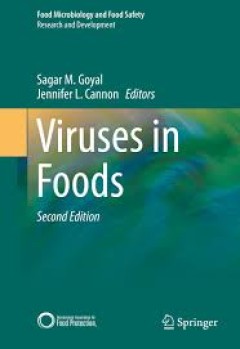
Viruses in Foods
Foodborne viruses are an important group of pathogens recognized to cause significant disease globally, in terms of both number of illnesses and severity of disease. Contamination of foods by enteric viruses, such as human norovirus and hepatitis A and E viruses, is a major concern to public health and food safety. Food Virology is a burgeoning field of emphasis for scientific research. Many de…
- Edition
- -
- ISBN/ISSN
- 978-3-319-30723-7
- Collation
- -
- Series Title
- -
- Call Number
- -
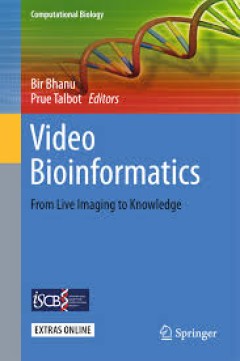
Video Bioinformatics From Live Imaging to Knowledge
The advances of live cell video imaging and high-throughput technologies for functional and chemical genomics provide unprecedented opportunities to understand how biological processes work in subcellular and multicellular systems. The interdisciplinary research field of Video Bioinformatics is defined by Bir Bhanu as the automated processing, analysis, understanding, data mining, visualizati…
- Edition
- -
- ISBN/ISSN
- 978-3-319-23724-4
- Collation
- -
- Series Title
- -
- Call Number
- -
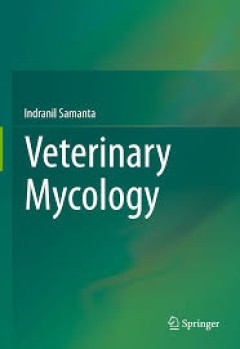
Veterinary Mycology
This book is a comprehensive overview of the fungi that are clinically relevant for animals and humans. It is divided in three major parts: the first part comprises the history of veterinary and medical mycology, general aspects of morphology, growth, nutrition, reproduction and classification of fungi. In the second part, the etiologic agents of cutaneous, subcutaneous and systemic mycoses are…
- Edition
- -
- ISBN/ISSN
- 978-81-322-2280-4
- Collation
- -
- Series Title
- -
- Call Number
- -
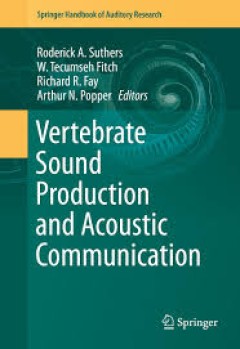
Vertebrate Sound Production and Acoustic Communication
Although the fundamental principles of vocal production are well-understood, and are being increasingly applied by specialists to specific animal taxa, they stem originally from engineering research on the human voice. These origins create a double barrier to entry for biologists interested in understanding acoustic communication in their study species. The proposed volume aims to fill this gap…
- Edition
- -
- ISBN/ISSN
- 978-3-319-27721-9
- Collation
- -
- Series Title
- -
- Call Number
- -

Vertebrate Myogenesis Stem Cells and Precursors
This book addresses the differentiation control of skeletal muscle in different locations of the vertebrate body Particular attention is paid to novel regulatory molecules and signals as well as the heterogeneity of origin that have revealed a developmental overlap between skeletal and cardiac muscle. Different functional muscle groups are the product of the evolution of the vertebrate classes,…
- Edition
- -
- ISBN/ISSN
- 978-3-662-44608-9
- Collation
- -
- Series Title
- -
- Call Number
- -
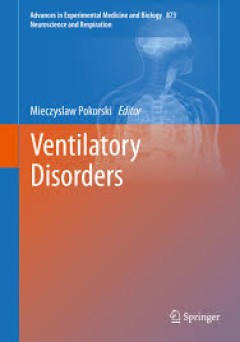
Ventilatory Disorders
Respiratory function is a major determinant of the overall quality of health and well-being of an individual. This book runs the gamut of chapters devoted to chronic cough-related conditions in children and adults, health care quality and safety, environmental pollution health effects, efficiency of therapeutic approaches and a mutual dependence of respiratory and non-respiratory illnesses. An …
- Edition
- -
- ISBN/ISSN
- 978-3-319-20194-8
- Collation
- -
- Series Title
- -
- Call Number
- -
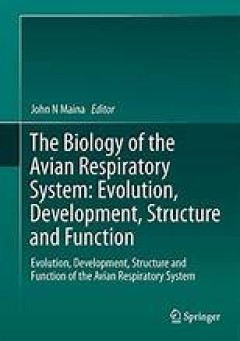
The Biology of the Avian Respiratory System
The central focus of this book is the avian respiratory system. The authors explain why the respiratory system of modern birds is built the way it is and works the way that it does. Birds have been and continue to attract particular interest to biologists. The more birds are studied, the more it is appreciated that the existence of human-kind on earth very much depends directly and indirectly o…
- Edition
- 1
- ISBN/ISSN
- 978-3-319-44153-5
- Collation
- Biologi
- Series Title
- -
- Call Number
- 570

Vascular Ion Channels in Physiology and Disease
Ion channels are the major class of membrane proteins responsible for rapid and regulated transport of ions across biological membranes and for the generation and propagation of electrical signals in the brain, heart, and skeletal and vascular tissues. Ion channels are also known to play critical roles in regulation of cell proliferation, insulin secretion and intracellular signaling in a varie…
- Edition
- -
- ISBN/ISSN
- 978-3-319-29635-7
- Collation
- -
- Series Title
- -
- Call Number
- -
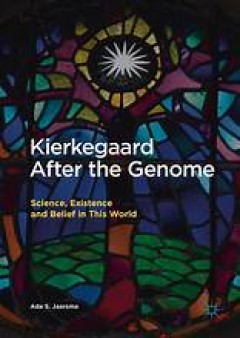
Kierkegaard After the Genome
This book brings Søren Kierkegaard’s nineteenth-century existentialist project into our contemporary age, applying his understanding of “freedom” and “despair” to science and science studies, queer, decolonial and critical race theory, and disability studies. The book draws out the materialist dimensions of belief, examining the existential dynamics of phenomena like placebos, epigen…
- Edition
- 1
- ISBN/ISSN
- 978-3-319-57981-8
- Collation
- Biologi
- Series Title
- -
- Call Number
- 570
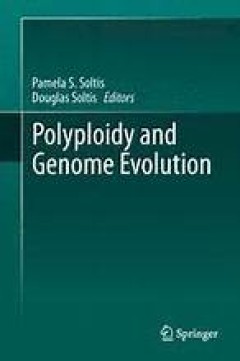
Polyploidy and Genome Evolution
Polyploidy – whole-genome duplication (WGD) – is a fundamental driver of biodiversity with significant consequences for genome structure, organization, and evolution. Once considered a speciation process common only in plants, polyploidy is now recognized to have played a major role in the structure, gene content, and evolution of most eukaryotic genomes. In fact, the diversity of eukaryo…
- Edition
- 1
- ISBN/ISSN
- 2012
- Collation
- Biologi
- Series Title
- -
- Call Number
- 570
 Computer Science, Information & General Works
Computer Science, Information & General Works  Philosophy & Psychology
Philosophy & Psychology  Religion
Religion  Social Sciences
Social Sciences  Language
Language  Pure Science
Pure Science  Applied Sciences
Applied Sciences  Art & Recreation
Art & Recreation  Literature
Literature  History & Geography
History & Geography